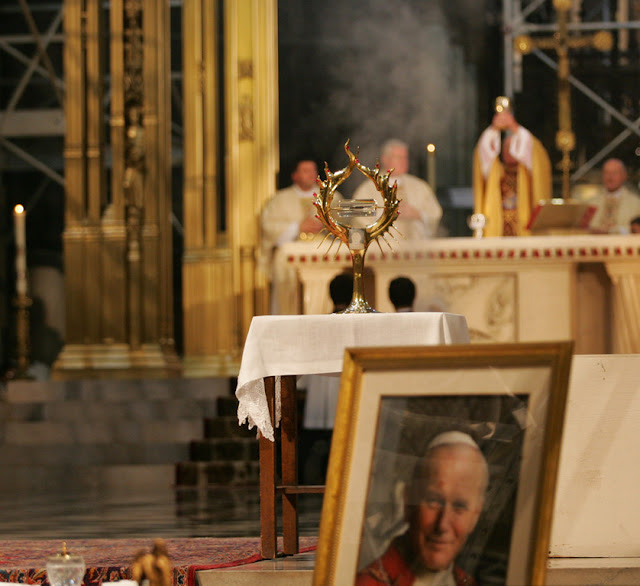 |
| Glasgow Ghost Shirt |
Was George C. Crager telling the truth about the ghost shirt’s authenticity? Who in Glasgow, Scotland, could possibly know? That Crager had been at Wounded Knee, that he had witnessed Lakota dead dropped into that mass grave is quite likely. After his many years on Lakota reservations, George Crager knew the difference between artifacts and marketable replicas. If all of that is true, his personal experiences don’t themselves prove that Crager hadn’t sewn the shirt himself or had it made, then poked in the requisite bullet holes with his own hands and painted the entry points red or brown or whatever color looked authentic. Such things happened.
Had Crager’s ghost dance shirt actually been removed from the body of a dead warrior? Perhaps in Glasgow at the turn of the 20th century, the answer to that question didn’t matter. What is known is that the shirt, and the Wounded Knee story which gave it life, quickly created an admiring audience among Glasgow museum-goers.
Their possession was legal and binding; they’d purchased it from the owner, someone who had it himself in his possession. Even though Glasgow, Scotland is thousands of miles from the Pine Ridge Reservation of western South Dakota, the museum grew proud of its purchase. For years the ghost shirt maintained a significant presence, admired by generations.

We invest powerful meanings in mundane things when those mundane things are part of our history or story. Not long ago in a small, Iowa town, five high school boys, one night, donned Ku Klux Klan hoods. One carried a Confederate flag, another wielded a rifle. Behind them they planted a burning cross. Those five kids were summarily suspended from school for nine days. A flag, a hood, a cross on fire mean very little outside of the context of this country’s long and deplorable record of race relations. Specifically hurt by what they’d done was the football team’s starting quarterback, who is African-American. Things have meaning.

And this. Dozens, hundreds, even thousands of vials of blood stand in the local hospital, of interest only to doctors and nurses and patients. But when a certain vial of blood was transported into Iowa, wherever it went Roman Catholic churches opened to significant crowds. That vial holds the blood of Pope John II. Some Roman Catholics believe that their devotion to that vial will assure them of Pope John II’s intercession for them with the God of Heaven and Earth.
Things have meaning, immense meaning and importance.
No comments:
Post a Comment